History of Computer
Older computers were analog
Represent data as variable points along a continuous spectrum of values, More flexible but not necessarily more precise and reliable
ABACUS
- 3000 BC: The first calculating device ABACUS was invented in Egypt .
- The abacus is still in use in some countries especially China, Japan
- Operations Addition, subtraction, division and multiplication
- Extract square root and cube root
- User has to memorize certain rules
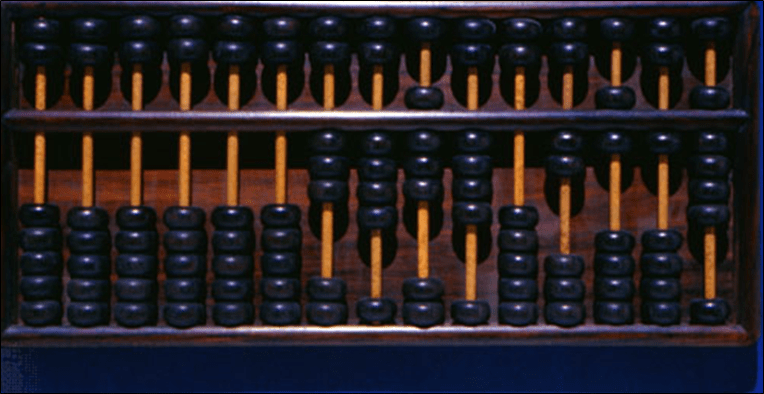
Pascaline
- 1642: A Frenchman Blaise Pascal introduced the first mechanical calculating device.
- Series of wheels with teeth which could be turned using hands
- Perform both addition and subtraction.

Difference Engine
1833: Charles Babbage, Professor of Mathematics in Cambridge University With Assistance of Lady Augusta Ada Lovelace developed a machine that could store information, calculate numbers and solve algebraic expression.

Punched Card
- 1890: Herman Hollerith American Inventor
- developed devices that were able to read information which had been punched into cards automatically
- developed a machine called the census machine US Census Bureau Capable of reading numbers, characters, and also special symbols.
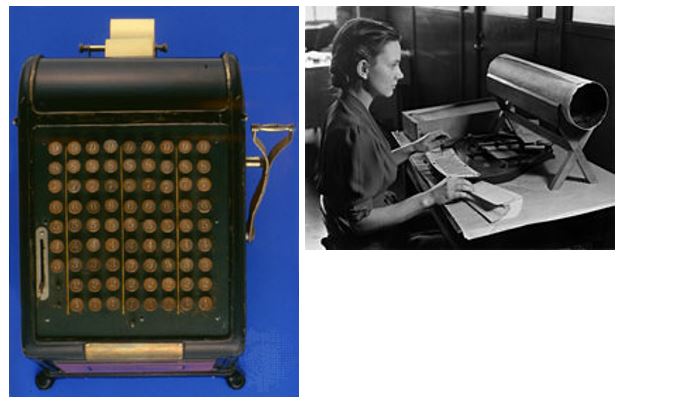
Harvard Mark I
- 1944: Howard Aikens and Grace Hooper developed an electromechanical machine at IBM Called Automatic Sequence Controlled Calculator (ASCC), Called Mark I by Harvard University
- Capable of reading numbers, characters, and also special symbols
- Built from Switches, Relays, rotating shafts and clutches
- 765,000 components
- Hundred of meters of wires
- Volume Length (51ft) X Height (8 ft) x Depth (2 ft)
- Weight 4500 kgs
- Used decimal number systems
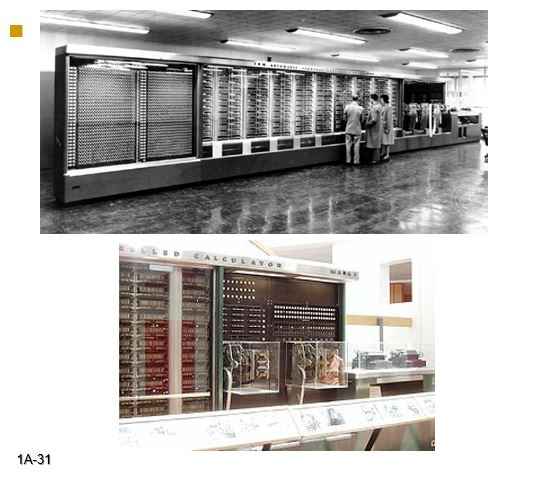
ENIAC
- 1946 First general purpose electronic computer
- Electronic Numerical Integrator And Computer (ENIAC)
Technology usedVacuum tubes 17468, Crystal Diodes 7200, Relays 1,500, Transistors 70000, Capacitors 10000, Hand soldered joints 1 million, Weight 27 tons, Volume 100 ft (L) X 8 ft ( H) X 3 ft (D), Covers 1800 sq. feet, Power consumption 150 kW, Uses punch cards, Averages 5000 operations
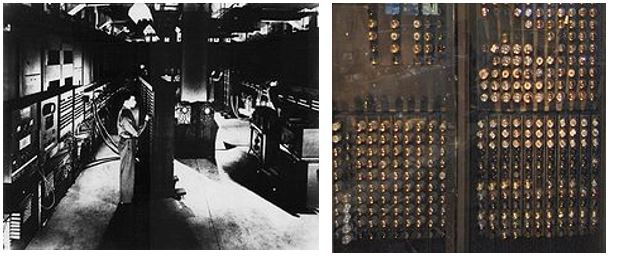
Manchester Mark I
- 1948
- First stored program computer,
- Based on Von Neumann architecture
- Manchester Mark 1 , built in UK.
- it can perform about 500 operations per second and has the first RAM .
- It fills a room the size of a small office.
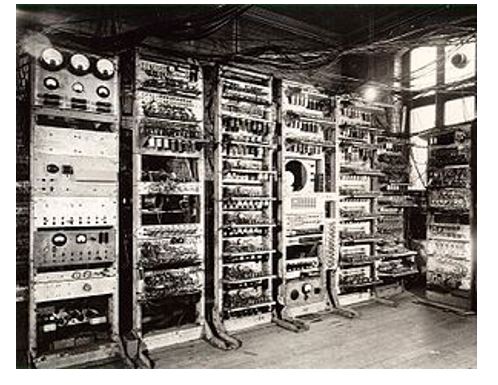
History of Microcomputers
1965 DEC PDP 8 produced in US, First commercially successful microcomputer, Programmed Data Processor (PDP), It sits on a desktop
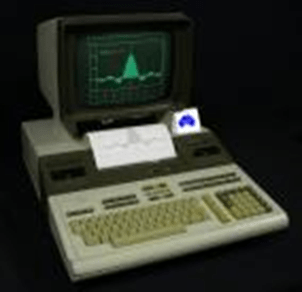
H 316 Kitchen Computer
1965 Honeywell corporation, First home computer
Costs $10,600
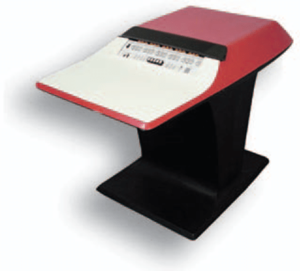
Intel 4004 Microprocessor
- 1971 Intel 4004, the world’s first commercially available microprocessor.
- four-bit computer containing 2,300 transistors
- can perform 60,000 instructions per second.
- Designed for use in a calculator
- Sells for $200
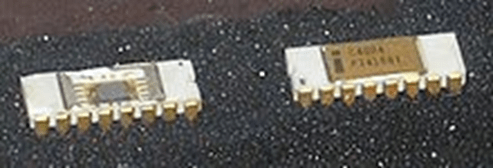
Floppy Disks
- 1972 : 5.25-inch floppy diskettes are introduced, providing a portable way to store and move data from machine to machine.

Intel 8008 Microprocessors
Intel announces the 8008 chip.2-MHz, eight-bit microprocessor can access 64 KB of memory used a two-byte addressing structure, over 6000 transistors on one chip, can perform640,000 instructions per second. Motorola introduces the 6800 microprocessor, 8 bit processor used primarily in industrial and automotive devices.
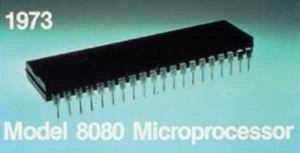
Altair 880
1975, first commercially available microcomputer
- 64 KB of memory
- open 100-line bus structure.
- sells for $397 in kit form or $439 assembled.

Apple I
1976 Steve Jobs build the Apple I computer.
- less powerful than the Altair, but also less expensive and less complicated.
- Users must connect their own keyboard and video display, and have the option of mounting the computer’s motherboard in any container they choose — whether a metal case, a wooden box, or a briefcase.
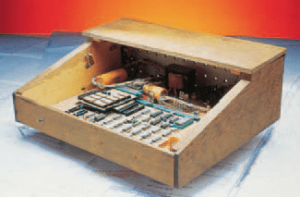
Commodore PET
1977 Mass produced personal computer, Commodore PET (Personal Electronic Transactor ) appears.
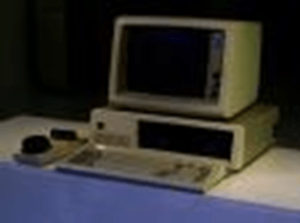
Osborne I
- 1981 First portable computer, Osborne 1, produced, At the size and weight of a sewing machine, much less convenient than current portable computers.
- weighs about 22 pounds
- Two 5.25-inch floppy drives,
- 64 KB of RAM, and a five-inch monitor but no hard drive based on the z80 processor, runs the CP/M operating system, and sells for $1,795.
The Osborne 1 comes with WordStar (a word processing application) and Super-Calc (a spreadsheet application).
It is a huge success.

IBM PC
1981, IBM introduces the IBM-PC
- 4.77 MHz Intel 8088 CPU,
- 16 KB of memory,
- a keyboard, a monitor,
- one or two 5.25-inch floppy drives, and A price tag of $2,495
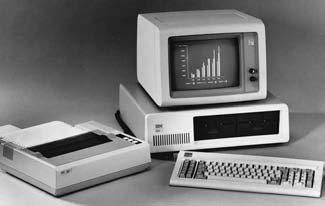
Apple
1984 Apple Macintosh computer becomes first successful personal computer with a mouse and easy to use Graphic User Interface (GUI).

Windows, Laser Jet
- Intel releases the 80386 processor (also called the 386), a 32-bit processor that can address more than four billion bytes of memory and performs 10 times faster than the 80286.
- Aldus releases Page-Maker for the Macintosh, the first desktop publishing software for microcomputers.
- Microsoft announces the Windows 1.0 operating environment, featuring the first graphical user interface for PCs mirroring the interface found the previous year on the Macintosh.
- Hewlett-Packard introduces the LaserJet laser printer, featuring 300 dpi resolution.
Generation of Computers
| Generation | Dates | Characteristic |
| 1st | 1940-50 | Use Valves (Vacuum tubes) |
| 2nd | 1950-60 | Use transistors |
| 3rd | 1960-70 | Large Scale Integrated Circuits |
| 4th | 1970-Present | Microprocessor based |
| 5th | Under development | “Artificial Intelligence” based computers |
First Laptop Computer
1986 IBM delivers the PC convertible, IBM’s first laptop computer and the first Intel-based computer with a 3.5-inch floppy disk drive.
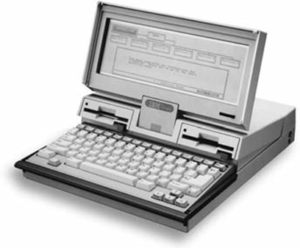
Compact Disk (CD)
1986 First International Conference on CD-ROM technology is held in Seattle, hosted by Microsoft. Compact discs are seen as the storage medium of the future for computer users.
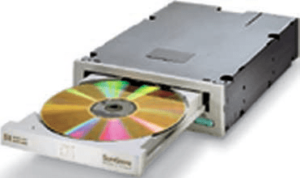
1987
IBM unveils new PS/2 line of computers, featuring a 20-MHz 80386 processor. IBM used Video Graphics Array (VGA) monitor offering 256 colors at 320 X 200 resolution, and 16 colors at 640 X 480. Macintosh II with Motorola 68030
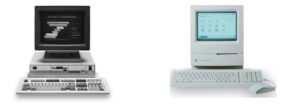
1989
Intel releases 80486 chip, World Wide Web created at CERN for use by scientific researchers, Microsoft introduced Word for Windows, Previously, Word for DOS had been the second-highest-selling word processing package behind WordPerfect.
1990 ARPANET
The National Science Foundation Network (NSFNET) replaces ARPANET as the backbone of the Internet. Motorola announces its 32-bit microprocessor, the 68040, incorporating 1.2 million transistors
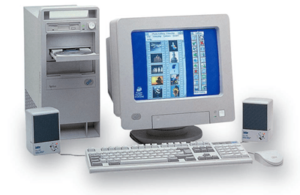
1990 Microsoft Windows
Microsoft releases Windows 3.0, shipping one million copies in four months.

1991
Linus Torvalds releases the source code for Linux 0.01 (a clone of UNIX for the 80386 personal computer) on the Internet. Apple Computer launches the PowerBook series of battery powered portable computers. RISC based chips are used in Power PC microprocessors

1992
Internet becomes the world’s largest electronic mail network. Microsoft ships the Windows 3.1 operating environment, including improved memory management and TrueType fonts. IBM introduces its ThinkPad laptop computer.
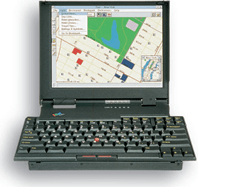
1993
Microsoft ships the Windows NT operating system. IBM ships its first RISC-based RS/6000 workstation, featuring the PowerPC 601 chip developed jointly by Motorola, Apple, and IBM.

1995
- Intel releases the Pentium Pro microprocessor.
- Motorola releases the PowerPC 604 chip, developed jointly with Apple and IBM.
- Microsoft releases its Windows 95 operating system
- Netscape Communications captures more than 80 % of the World Wide Web browser market,
- Going from a start-up company to a $2.9 billion company in one year.
- Sun Microsystems create the Java development language.
- Because it enables programmers to develop applications that will run on any platform,
- Power Computing ships the first-ever Macintosh clones, the Power 100 series with a PowerPC 601 processor.
- eBay, the premier online auction house, is formed.
1996
- Intel announces the 200 MHz Pentium processor
- U.S. Robotics releases the PalmPilot, a personal digital assistant
- Microsoft adds Internet connection capability to its Windows 95 operating system.
- Sun Microsystems introduces the Sun Ultra workstation that includes a 64-bit processor.
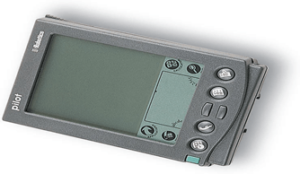
1997
- Intel announces MMX technology
- which increases the multimedia capabilities of a micro-processor. Also, Intel announces the Pentium II microprocessor. It has speeds of up to 333 MHz.
- Digital Video/Versatile Disc (DVD) technology is introduced.
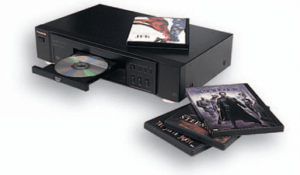
1998
- Microsoft releases the Windows 98 operating system
- It also offers improved Internet-related features, including a built-in copy of the Internet Explorer Web browser
- Apple Computer releases the colorful iMac, an all-in one system geared to a youthful market
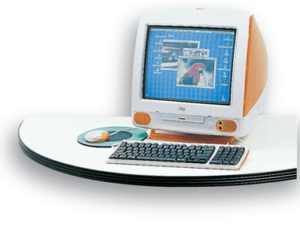
1999
- Intel unveils the Pentium III processor, which features 9.5 million transistors
- With its Athlon microprocessor, Advanced Micro Devices (AMD) finally releases a Pentium-class chip that outperforms the Pentium III processor
- Peter Merholz coins the term blog, a contraction of Web-log
- The Internet Assigned Number Agency begins assigning Internet Protocol addresses using the new IPv6 addressing structure
2000
Y2K issue, No major damage resulted from the “millennium date change, Microsoft introduces Windows 2000 on February 17. biggest commercial software project ever attempted involving 5345 full-time participants, final product includes almost 30 million LOC
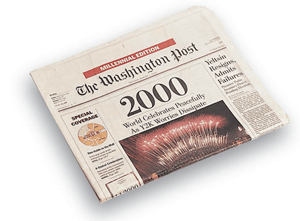
2001
Microsoft releases the Windows XP OS, XP version of Microsoft Office also is unveiled, Several versions of recordable DVD discs and drives produced, DVD-R, DVD+R, DVD-RAM
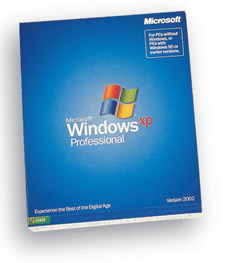
Apple introduces OS X, a new OS for Macintosh computers, based on BSD (Berkley Software Distribution) Unix with a beautiful graphical interface, Apple introduces the iPod premier music player with a 5 GB internal hard disk that will store 1,000 CD-quality songs
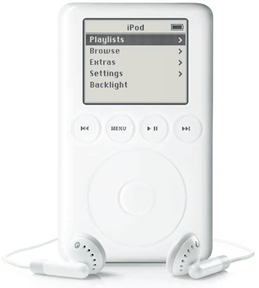
2002 Open Office
OpenOffice.org announces the release of OpenOffice.org 1.0, A free, full-featured suite of productivity applications compatible with the file formats used by Microsoft Office and many other office suites, An open-source alternative to expensive application suites, OpenOffice.org runs under Windows, Solaris, Linux, the Mac OS, and other operating systems.
Microsoft launches its .NET strategy, New environment for development and running s/w applications featuring ease of use and web based services, DVD writers begins to replace CD writers
Digital Video cameras are introduced
- Tablet PC is introduced as next generation mobile PC
- Intel ships Pentium 4 chip with Hyper Threading (HT) technology, 3.06GHz
2003
Microsoft launches MS Office 2003, More than 400 million people in 175 nations and 70 languages are using a version Office ,Latest OS include support for Wi-Fi (Wireless Fidelity) and Bluetooth standards, Use of wireless keyboards, mouse devices, home networks and wireless internet access points become common, Apple opens an online music store iTunes, Offering more than 200,000 titles at $0.99 each
2004
- Apple iTunes sold nearly 20 million songs
- USB Flash drives are produced
- Flat Panel LCD monitors
- Radio Frequency Identification(RFID) tags are introduced
- Smart Phones overtakes the PDA as the personal mobile device of choice.
- Apple Computer introduces iMac G5
Computer display device contains the system unit
2005
Apple releases the latest version of iPod Portable, Microsoft introduces Visual studio 2005, Microsoft releases the Xbox 360 game console, Blogging and podcasting become mainstream
2006
Sony launches its PlayStation 3, Google becomes the most used search engine capturing 54% of market share, Intel introduces Core 2 Duo processor family
Contains 291 million transistors
Apple begins selling Macintosh computers with Intel microprocessors, IBM produces the fastest supercomputer called Blue Gene/L, Perform 28 trillion calculations in a blink of an eye i.e. about 1/10th of a second
2007
Microsoft releases Office 2007 suite, Microsoft Windows Vista OS is introduced., Blu-ray and HD DVD increase in popularity, Intel introduces Core 2 Quad
Four core processor made for dual processor servers and desktop computers, Larger number of cores allows for more energy-efficient performance, Apple introduced iPhone and sells 270,000 phones in first 2 days
2008
Microsoft introduces Windows server 2008, Successor to Windows server 2003, Online social networks continue to grow in popularity MySpace, Facebook and Twitter are the most widely used, Combined social networking Websites total almost 1 billion users, YouTube continues to gain users, WiMAX goes live, Capability to access video, music, voice and video calls wherever and whenever desired, Average download speeds between 2-4 Mbps

